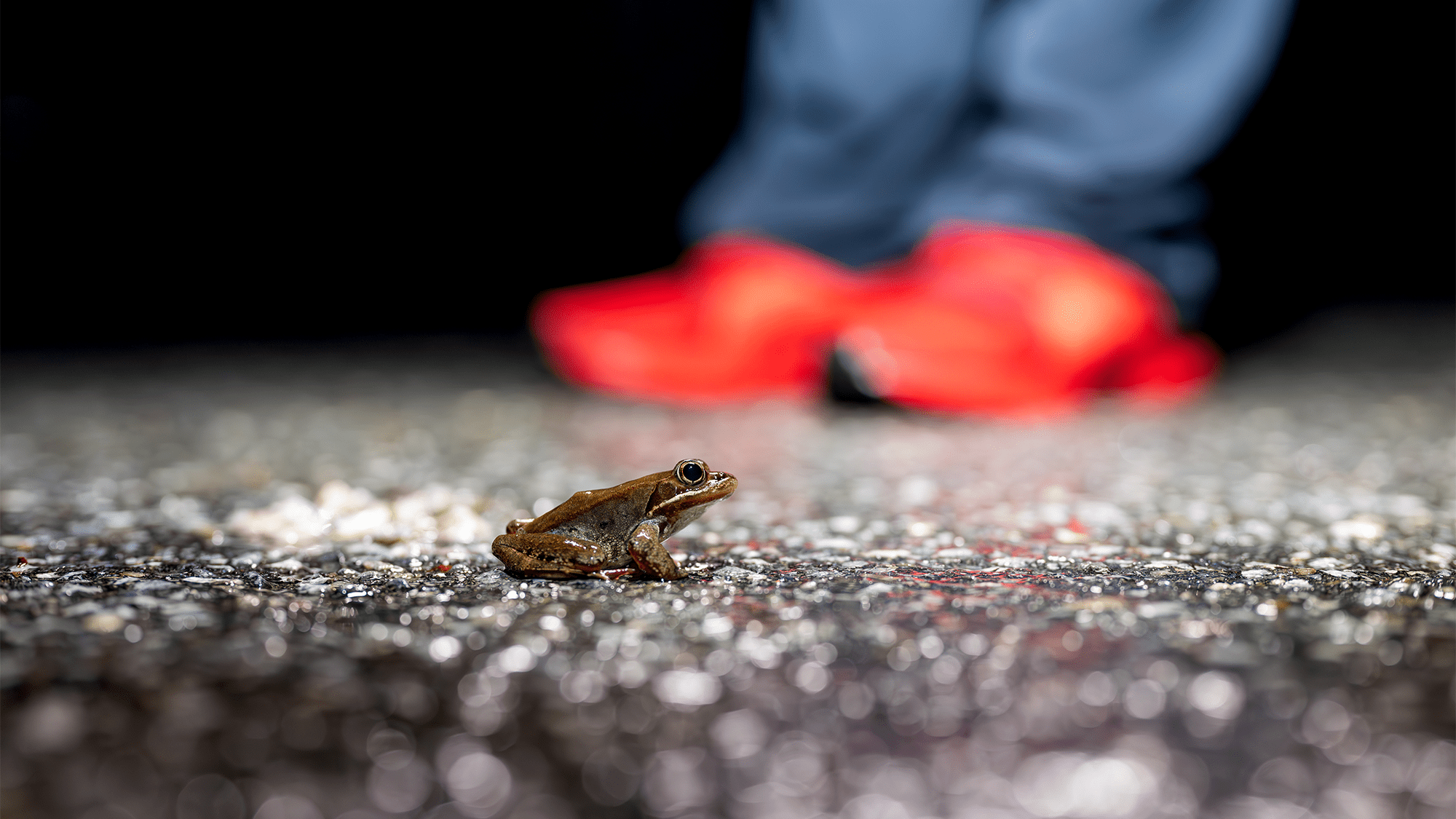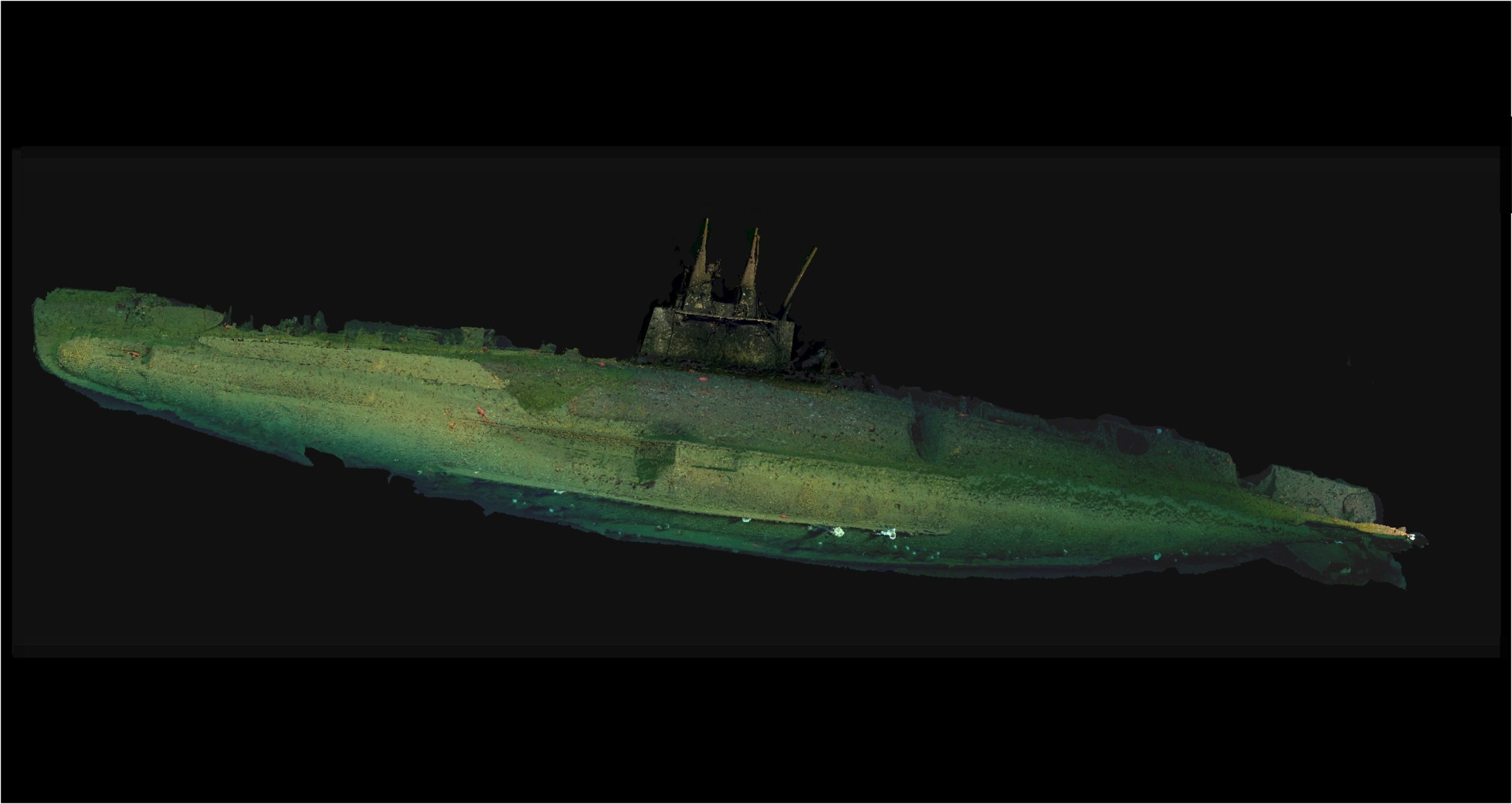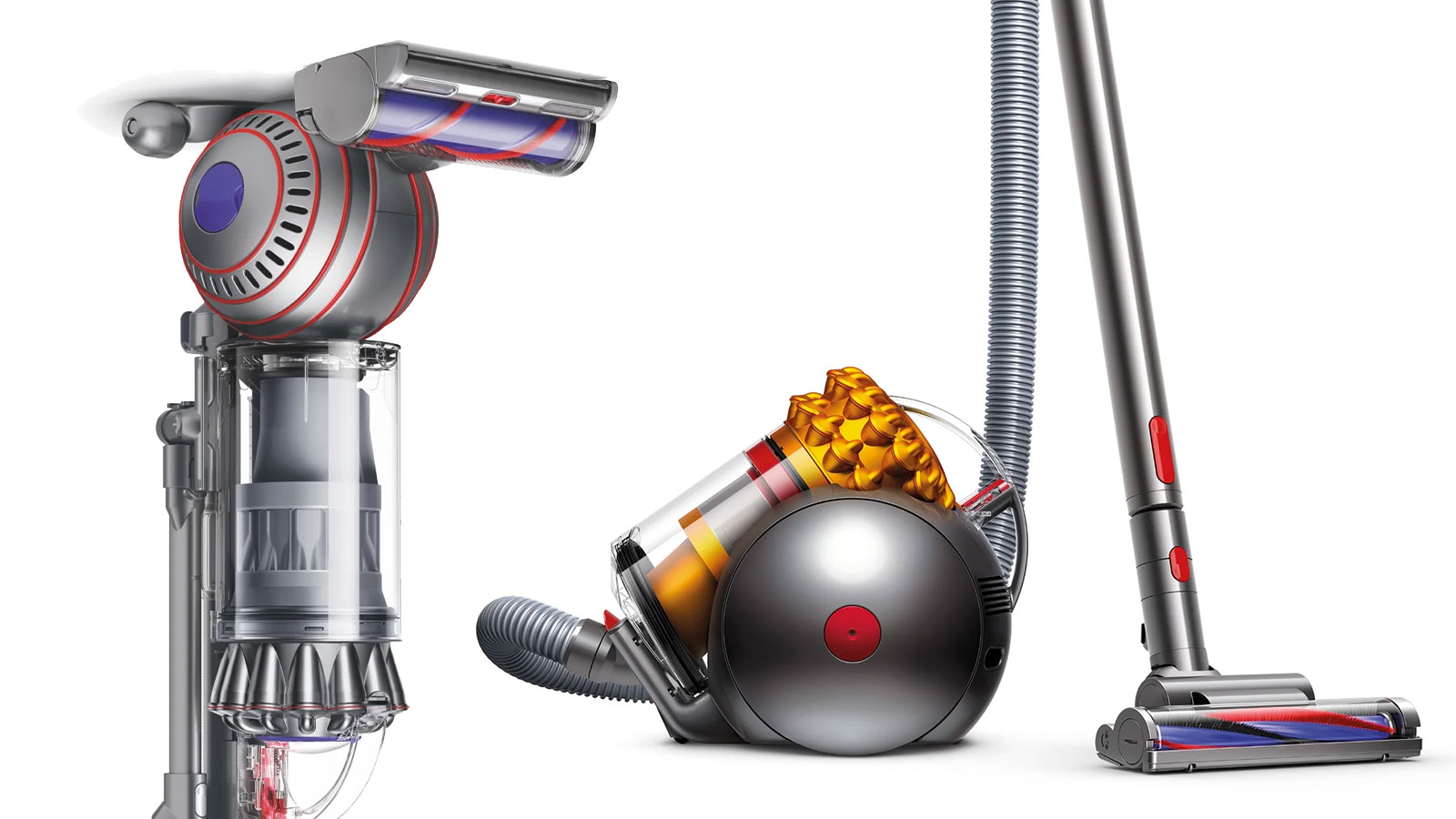Now Reading: Wildlife underpass reduces squished amphibians by 80%
-
01
Wildlife underpass reduces squished amphibians by 80%
Wildlife underpass reduces squished amphibians by 80%

Get the Popular Science daily newsletter💡
Breakthroughs, discoveries, and DIY tips sent every weekday.
Vulnerable amphibians are getting some help from an effective and pretty simple intervention–wildlife underpass tunnels. Long-term research in Vermont spanning more than 10 years found that these tunnels can reduce amphibian deaths by 80.2 percent and help preserve ecosystems. The findings are detailed in a study published online this week in the August 2025 issue of the Journal for Nature Conservation.
“It was surprising. I knew that underpasses would work, but I didn’t think they would be that effective,” study co-author and University of Vermont (UVM) ecologist Matthew Marcelino said in a statement. “And when we took climbing amphibians out of the picture—which in our context are primarily spring peeper frogs—we noticed a 94% decrease in mortality in the treatment areas.”

Why amphibians are particularly at risk
Around the world, frogs, salamanders, and other amphibians are facing mounting challenges. Devastating chytrid fungus has wiped out numerous frogs, while they also face habitat loss and the impacts of climate change.
In Vermont, amphibians play a vital role in several ecosystems by eating mosquitoes and other insects, serving as a food source for larger animals, and helping to cycle nutrients throughout the entire ecosystem. They are highly sensitive to environmental disruption, partially due to their lifestyles. Like elsewhere in the northeastern United States, many amphibians spend most of their lives hidden in forest soils or streams, and bulk up to survive long winters underground. During the early spring, they emerge on warm, rainy nights to migrate from upland woods into ponds, wetlands, and flooded meadows to breed.
“It’s usually sometime between late March and late April,” Brittany Mosher, a study co-author and quantitative ecologist at UVM, said in a statement. “Many species will breed in the same ponds. So it’s not just a single species migrating—it’s many, many species. And oftentimes, we see hundreds or thousands making this movement all at the same time.”

Joshua brown
Among all of the major threats, roads pose a uniquely immediate danger. They can cut through critical migration corridors and vehicles crush millions of animals each year. Amphibians are also small and slow-moving and generally can’t dart across a road in a few seconds like a deer. Frogs and salamanders can take several minutes to cross—and with hundreds migrating at once, mortality rates can be staggering.
After seeing thousands of dead frogs during migration, locals and researchers took action through a conservation partnership that led to the construction of two amphibian underpasses beneath a roughly one-mile stretch of road in Monkton, about 20 miles south of Burlington. These structures were installed in 2015 and are designed to allow amphibians to pass safely under the road during migration.
The underpass has two four-foot-wide concrete tunnels with wing walls to guide the amphibians to the tunnels and safely under the road. In the spring of 2016, the Lewis Creek Association’s wildlife cameras counted 2,208 amphibians using one of the underpasses. Some other animals were also happy to use these tunnels too. The cameras picked up mammals including bears, bobcats, porcupines, and raccoons, and some snakes, and birds also using the underpasses.
[ Related: These frogs may be evolving because of road salt. ]
Before and after
In this new study, researchers from the University of Vermont, the Vermont Agency of Natural Resources, and citizen scientists assessed the effectiveness of two wildlife underpasses in Monkton, Vermont.
They used a before-after-control-impact (BACI) study design, which are commonly used to monitor ecological responses in large spaces like lakes and forests where replication of the environment is difficult or impossible. Two units are then monitored, with one receiving some kind of intervention and the other is undisturbed as a control.
The team monitored amphibian road mortality over five years before the underpasses were built (2011–2015) and seven years after their construction (2016–2022). They then compared three separate zones. Zone one had underpasses and wing walls, called a treatment zone. Zone two covered the area at and beyond the end of wing walls away from the tunnels, called a buffer zone. Zone three was the control area, located far from the infrastructure changes.
During brief spring migration windows, the team conducted standardized surveys. Team members walked the road each rainy evening and recorded every amphibian across 12 species—alive or dead. Initially, they found 5,273 amphibians. Half of the 1,702 spotted salamanders the team saw were dead. Almost 70 percent of the 2,545 spring peeper frogs were also deceased.
The death rates were much lower in both the treatment zone and the buffer zone.
While the reduction in mortality for climbing amphibians like spring peepers was not statistically significant, it did drop by 73 percent. The non-tree dwelling amphibians that travel along the ground saw the most benefits from the underpass, with consistent use and fewer fatalities.

According to the team, these results indicate that the animals were actually using the tunnels and not just being displaced to the ends of the walls. It also highlights that the design details—such as wall height and angles, tunnel layout, and material—really make a difference.
“This study provides strong evidence that wildlife underpasses work,” Marcelino said. “We hope this will encourage transportation departments to include them in future plans, when building or repairing roads. “Conservation takes commitment. But when we invest in good tools and take the time to do it right, the payoff for ecosystems and wildlife can be enormous. These are beautiful creatures—so beautiful, so ancient.”

More deals, reviews, and buying guides
The PopSci team has tested hundreds of products and spent thousands of hours trying to find the best gear and gadgets you can buy.























